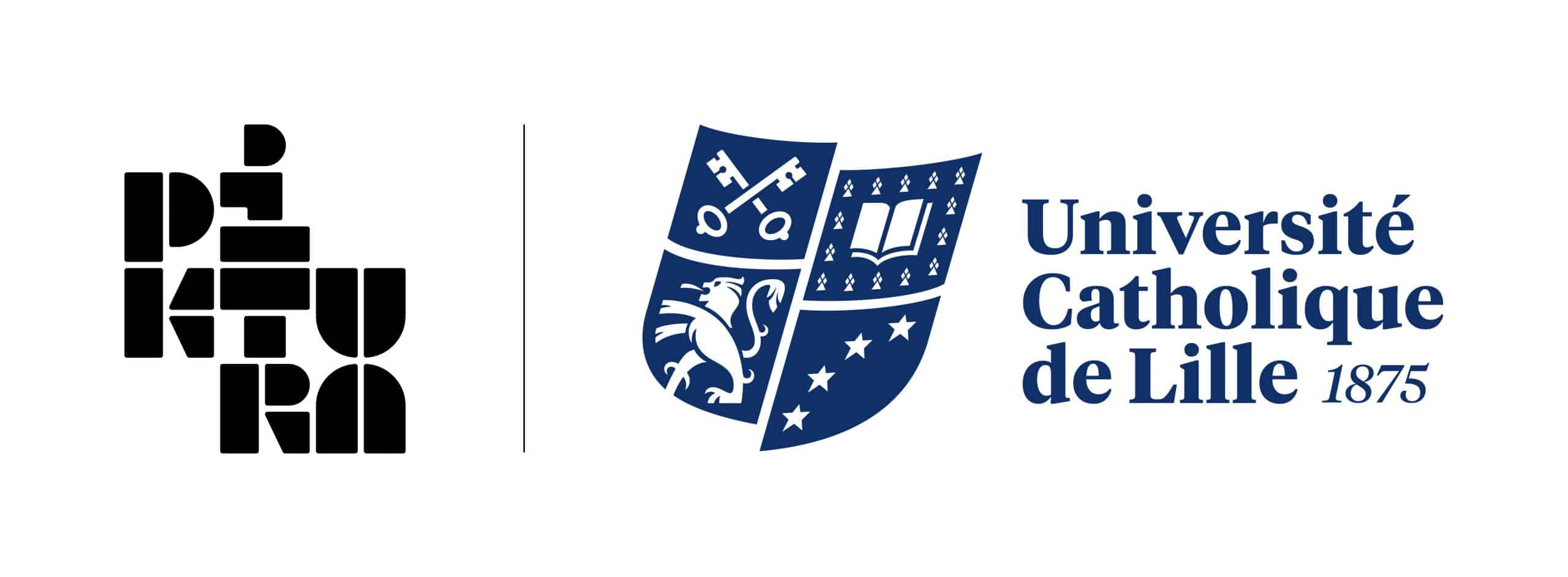
Illustration Digitale
Etablissement : PIKTURA Ecole de l’image
Langue : Français
Formation(s) dans laquelle/lesquelles le cours apparait :
Période :
Ce cours s’inscrit dans la suite de ce qui a été démarré en première partie de tremplin. Il se base sur une connaissance des images vectorielles/ matricielles + quelques notions d’illustration tradi.
Développer sa pratique du dessin et de l’illustration à travers les différents outils numériques. Lequel utiliser, comment et pourquoi.
Développer une méthodologie propre au logiciel choisi.
Développer sa créativité à travers l’outil.
– Numérisation et retravail des projets tradi en numérique.
– Mini exercices et projets autour de la reproduction, de l’expressivité (brush couleurs…) sur différents logiciels (illustrator, photoshop principalement + autres logiciel si l’élèves le désire).


